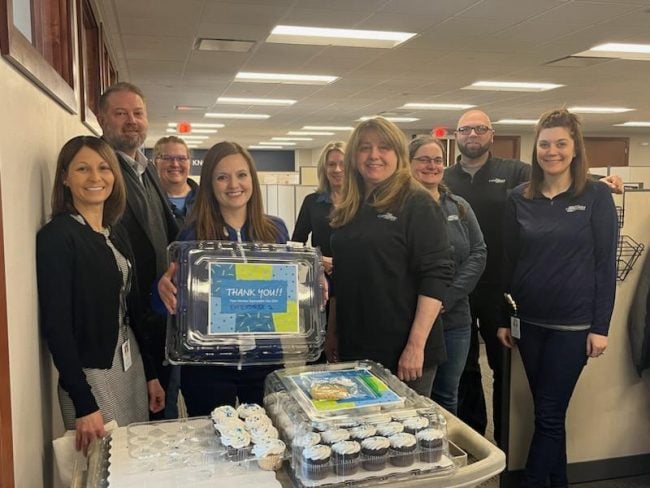The Labor Department's long-awaited regulations on 401(k) feedisclosure are here at last, and the pressure is on. As pricing ofdefined-contribution plans becomes more transparent, companiescould start looking for a new plan or provider.
|It may seem odd that companies don't grasp what something costs.But an October study by consultancy Callan Associates indicatesthat while companies appreciate the importance of 401(k) fees, “thenumber of sponsors that are unclear about the status of theirplan's fees is remarkable,” says Lori Lucas, Callan'sdefined-contribution practice leader.
|According to the survey, about 13% of plan sponsors don't knowwhat administrative fees apply to their company stock fund. And ofthose whose plans use revenue sharing, about a fifth do not knowhow many of their funds pay revenue sharing.
|David Wray, president of the Plan Sponsor Council of America,says fee creep is one reason for the knowledge gap. “Most planswere started in the nineties,” he says. “Some newer plans havefailed to negotiate fees with their providers as their assets andparticipation grew.” He argues that large companies are preparedfor the disclosure regulations and “already negotiate fee scheduleswith providers.”
|More fee disclosure may encourage companies to move away fromthe bundled approach, typical of larger retirement-plan providers,that offers a single pricing structure covering both investmentsand services. Deloitte Consulting's 2011 401(k) benchmark surveyfound 76% of companies use the bundled model.
|Providers of bundled 401(k)s negotiate administrative andinvestment fees with non-proprietary funds on their platforms, aprocess that can obscure exactly who pays what. Revenue sharing maymean some participants end up paying more than their share ofcosts, while others pay less.
|The transparency mandated by the disclosure rules will forcebundled providers to do a better job of breaking out their costs,Wray says. It could also push plan sponsors towardalternatives.
|Jim Danaher, managing director of defined-contribution solutionsat Northern Trust, says he's seeing a lot of shopping around bycompanies, and they're looking separately at record keepers andbest-in-class funds. “It augurs well for the unbundled model,” hesays.
|“Downward pressure on fees is absolutely making things morecompetitive,” Lucas says. “In this evolving transparentenvironment, plan sponsors are moving away from a model where thecost of the plan and the way fees are paid are integrated. Ofcourse, this plays into a tendency toward third-party recordkeepers.”
|For a look at how to make 401(k) plans work for employees,see Cheersfor 401(k) Tiers.
|This article originally was posted at TreasuryandRisk.com,a sister site of Credit Union Times.
Complete your profile to continue reading and get FREE access to CUTimes.com, part of your ALM digital membership.
Your access to unlimited CUTimes.com content isn’t changing.
Once you are an ALM digital member, you’ll receive:
- Critical CUTimes.com information including comprehensive product and service provider listings via the Marketplace Directory, CU Careers, resources from industry leaders, webcasts, and breaking news, analysis and more with our informative Newsletters.
- Exclusive discounts on ALM and CU Times events.
- Access to other award-winning ALM websites including Law.com and GlobeSt.com.
Already have an account? Sign In
© 2024 ALM Global, LLC, All Rights Reserved. Request academic re-use from www.copyright.com. All other uses, submit a request to [email protected]. For more information visit Asset & Logo Licensing.









